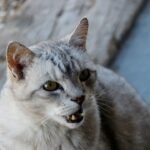When you think of big cats, your mind might immediately picture solitary hunters prowling the wild. However, the truth is far more intricate and captivating. These majestic felines, much like our domesticated house cats, are capable of forming profound and lasting bonds. Let’s embark on a journey to explore these eight big cats, diving into their social structures and behaviors that reveal the depth of their connections.
Lions: The Kings and Queens of Social Bonds
Lions are renowned for their social nature, living in groups known as prides. These prides consist of multiple females, their offspring, and a few males. The bond between pride members is incredibly strong, akin to that of a tight-knit family. Female lions, often sisters or related, stay in the pride for life, cooperating in hunting and raising cubs. Male lions, although often transient, form coalitions that can dominate a pride for years. This social structure is not only about survival but also emotional connections. Lions groom each other, play, and share food, reinforcing their familial bonds. Their roars, which can be heard miles away, serve to communicate and maintain these relationships. In the wild, a lion’s pride is their world, their family, and their community.
Cheetahs: Solitary Yet Surprisingly Social
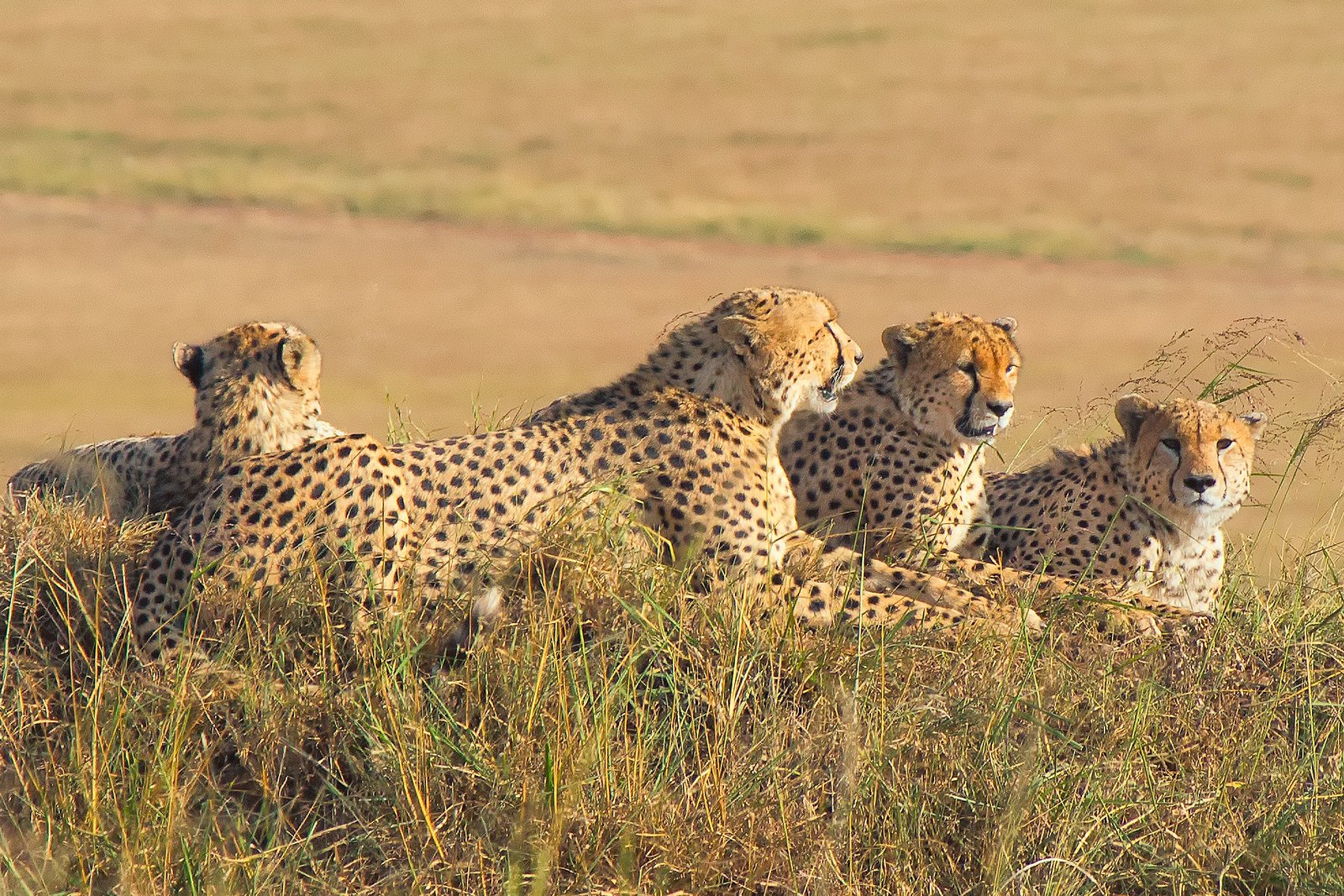
Cheetahs are often perceived as solitary creatures, but this isn’t entirely accurate. Female cheetahs do indeed lead solitary lives, but males can form groups known as coalitions, typically with their siblings. These coalitions are crucial for survival, providing support in hunting and protection against larger predators. These bonds are so strong that even when a member of a coalition is injured, others will wait and care for them. The shared experience of hunting and living together strengthens their connection, much like siblings in a family. In captivity, cheetahs have been observed to bond with humans, demonstrating their capacity for forming deep relationships beyond their species.
Tigers: Solitary Majesty with a Soft Spot for Family
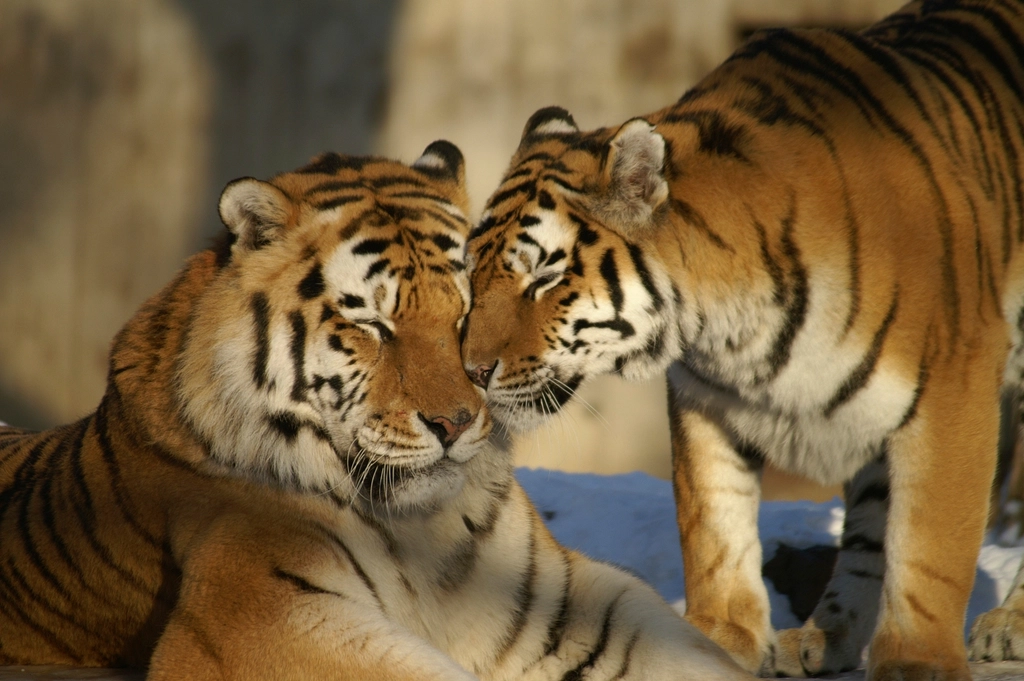
Tigers, the largest of the big cats, are often seen as the epitome of solitude. However, their solitary nature doesn’t preclude them from forming deep familial bonds. Mother tigers are incredibly devoted to their cubs, nurturing and teaching them the skills needed to survive. The bond between a mother and her cubs is profound, lasting until the cubs are old enough to fend for themselves. In rare instances, tigers have been known to form temporary associations with other tigers, particularly in areas where prey is abundant. This behavior indicates a level of social flexibility and emotional intelligence that is often overlooked. Even in solitude, tigers carry the memories and lessons of their familial bonds, which shape their behavior throughout their lives.
Leopards: The Lone Hunters with a Heart
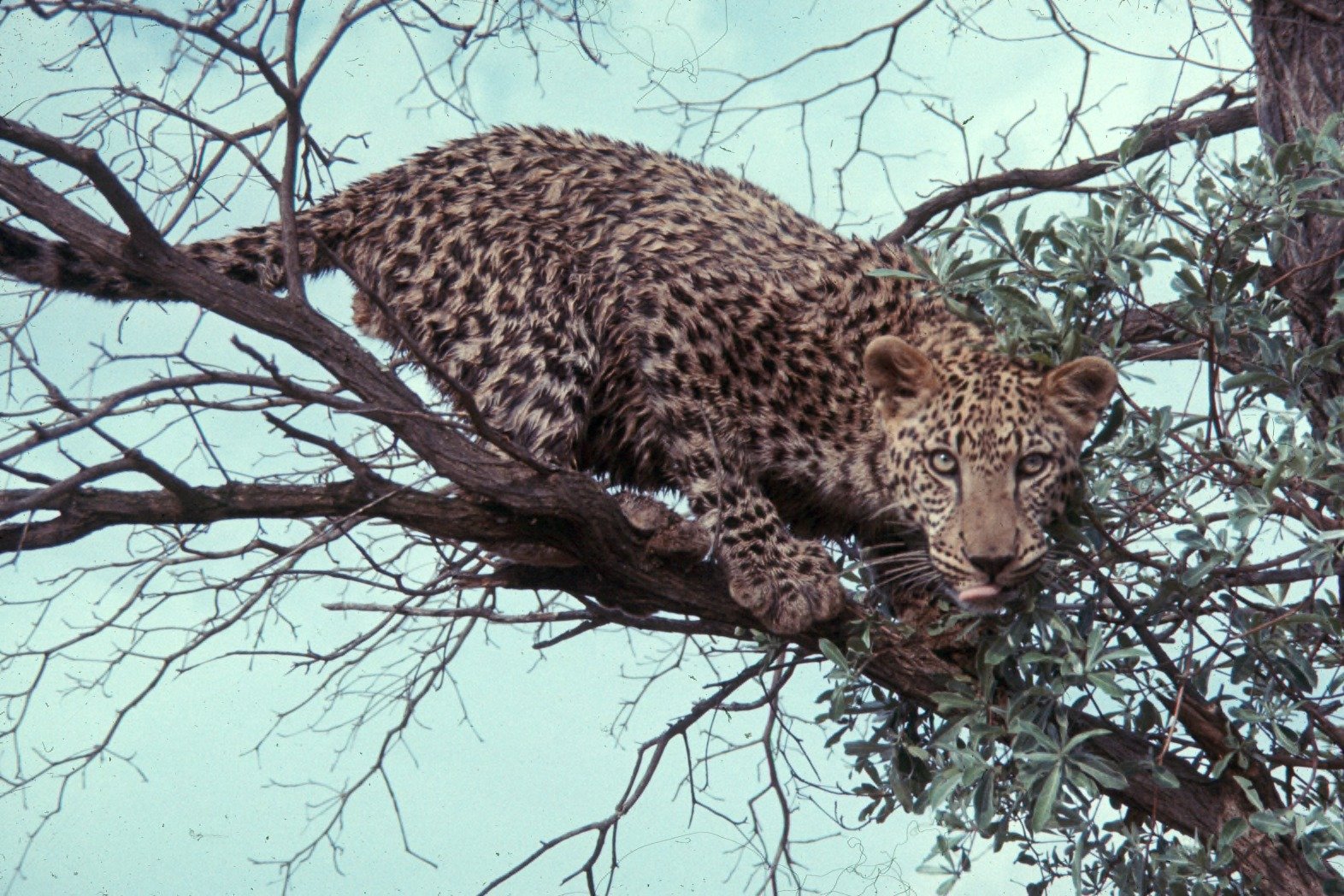
Leopards are the quintessential solitary cats, known for their stealth and independence. However, their solitary nature is interspersed with moments of deep connection, particularly between mothers and their cubs. A leopard mother will spend up to two years raising her young, teaching them the art of hunting and survival. These formative years are crucial for the cubs, and the bond with their mother is both educational and emotional. In regions where prey is plentiful, leopards have been observed sharing kills with other leopards, suggesting a level of social tolerance and connection. While they may thrive in solitude, leopards are capable of forming bonds that are as deep as any domestic cat’s.
Snow Leopards: The Ghosts of the Mountain with a Heart
Snow leopards, often called the “ghosts of the mountains,” inhabit some of the world’s most remote and rugged terrains. Despite their elusive nature, they form surprisingly strong familial bonds. Snow leopard mothers are highly dedicated, nurturing their cubs in harsh conditions until they are old enough to navigate the treacherous mountain landscapes alone. These bonds are vital for the cubs’ survival, imparting crucial skills and knowledge. In captivity, snow leopards have shown an ability to bond with human caretakers, exhibiting behaviors that mirror those of domesticated cats, such as purring and affectionate head rubs. Their capacity for forming bonds extends beyond their species, highlighting their emotional depth.
Jaguars: The Solitary Mystics with a Social Side
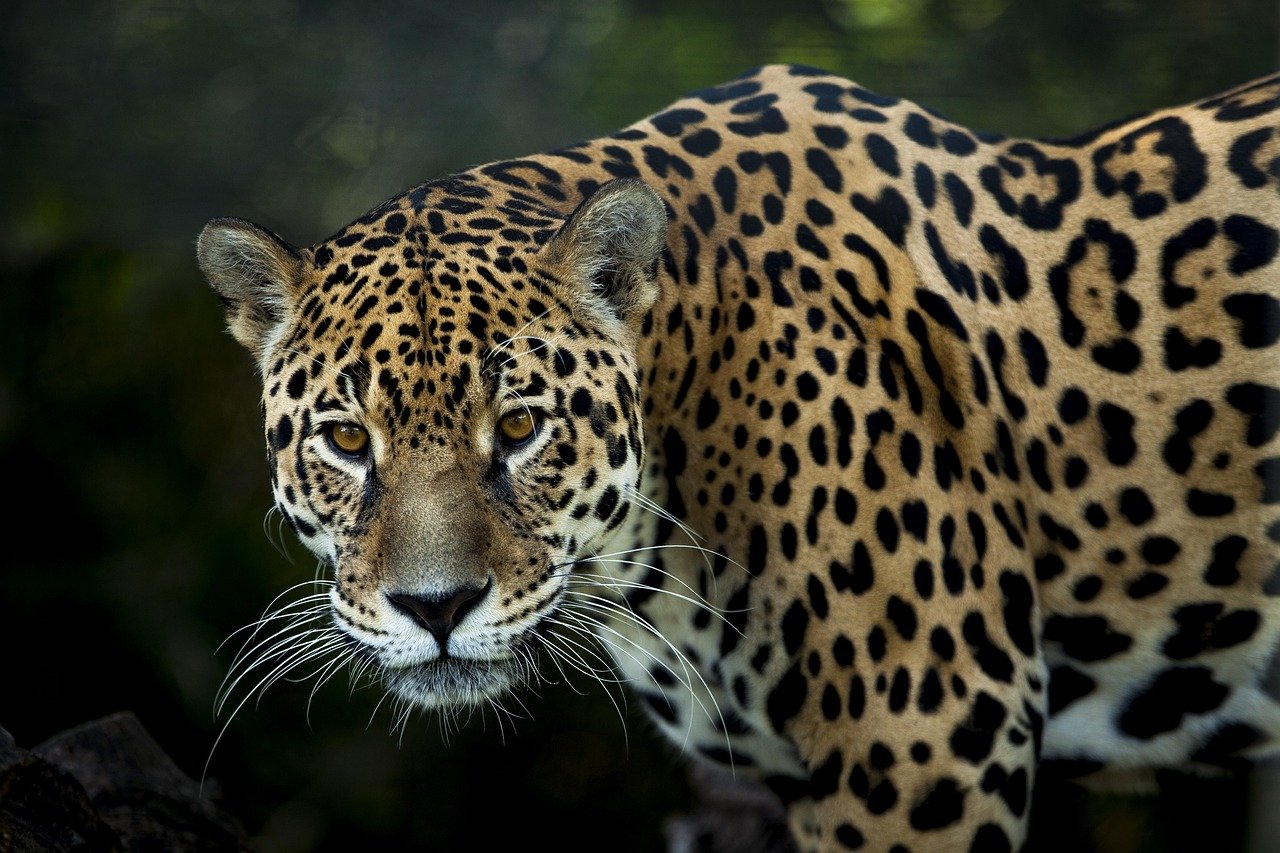
Jaguars are often considered solitary and elusive, prowling the dense jungles of the Americas. However, jaguars are not completely isolated in their lives. Mothers form deep connections with their cubs, ensuring their survival through teaching and protection. This bond lasts until the cubs are ready to establish territories of their own. In areas where prey is abundant, jaguars have exhibited social tolerance, occasionally sharing territories with other jaguars. This behavior suggests an underlying social complexity and an ability to form connections when circumstances allow. Jaguars, with their enigmatic presence, remind us that even the most solitary of creatures can have a social side.
Pumas: The Silent Shadows with Family Ties
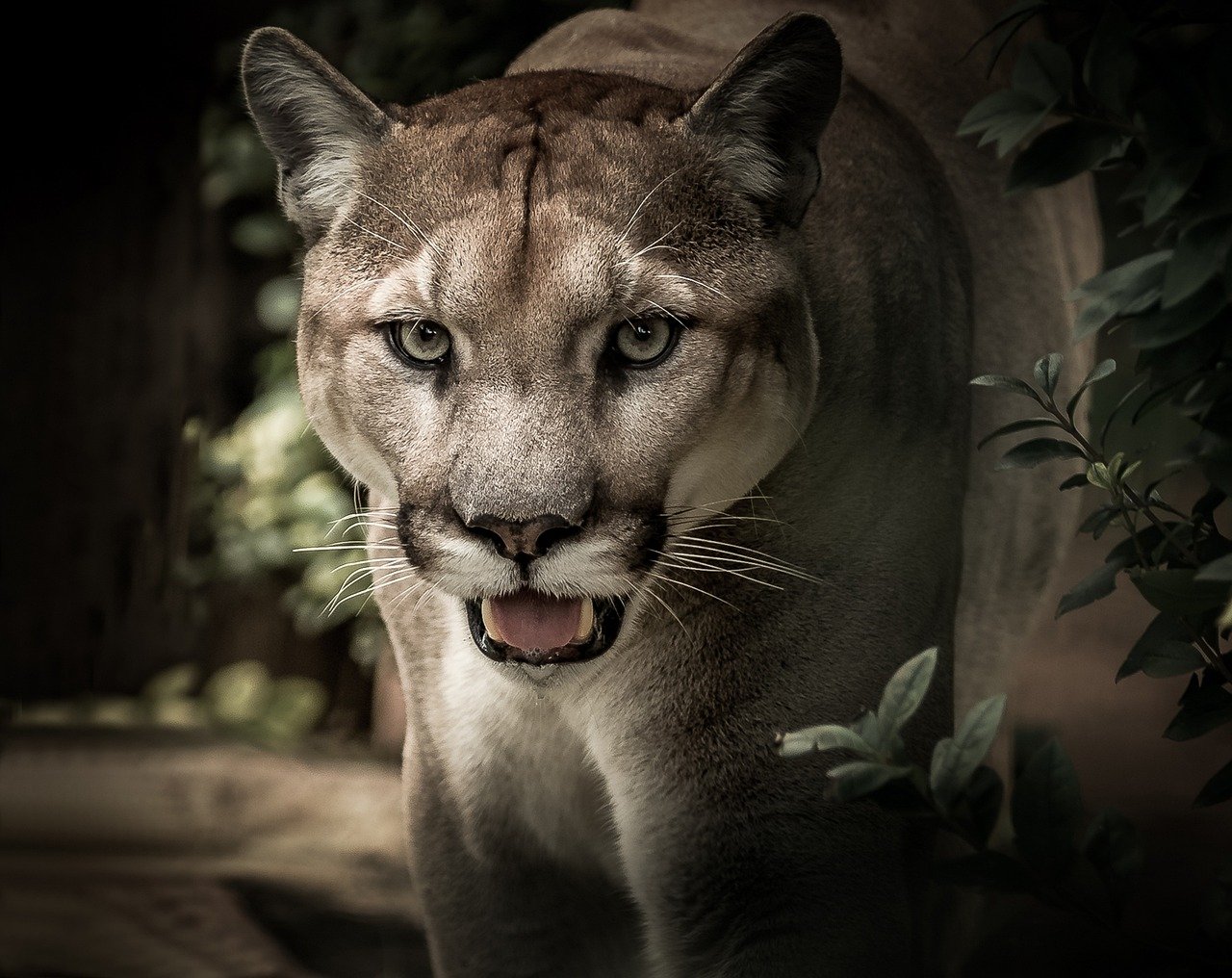
Pumas, also known as cougars or mountain lions, are adaptable and widespread, inhabiting diverse landscapes from mountains to deserts. These solitary hunters are known for their elusive nature, but they form strong bonds with their offspring. A puma mother will invest significant time and energy in raising her cubs, teaching them to hunt and survive in varied environments. This maternal bond is crucial for the cubs’ development and success in the wild. In captivity, pumas have demonstrated the ability to bond with humans, displaying affectionate behaviors similar to those of domestic cats. Their capacity for forming bonds, both within their species and beyond, highlights their emotional intelligence.
Clouded Leopards: The Elusive Bond-Formers of the Forest
Clouded leopards, with their striking coats and mysterious demeanor, inhabit the dense forests of Asia. These elusive cats are known for their solitary nature, but they form strong bonds with their offspring. Clouded leopard mothers are highly dedicated, raising their cubs in the secluded depths of the forest, imparting crucial survival skills. These bonds are essential for the cubs’ development and eventual independence. In captivity, clouded leopards have demonstrated an ability to form bonds with humans, engaging in playful and affectionate behaviors. Their capacity for forming connections highlights their emotional depth and social potential.
Conclusion
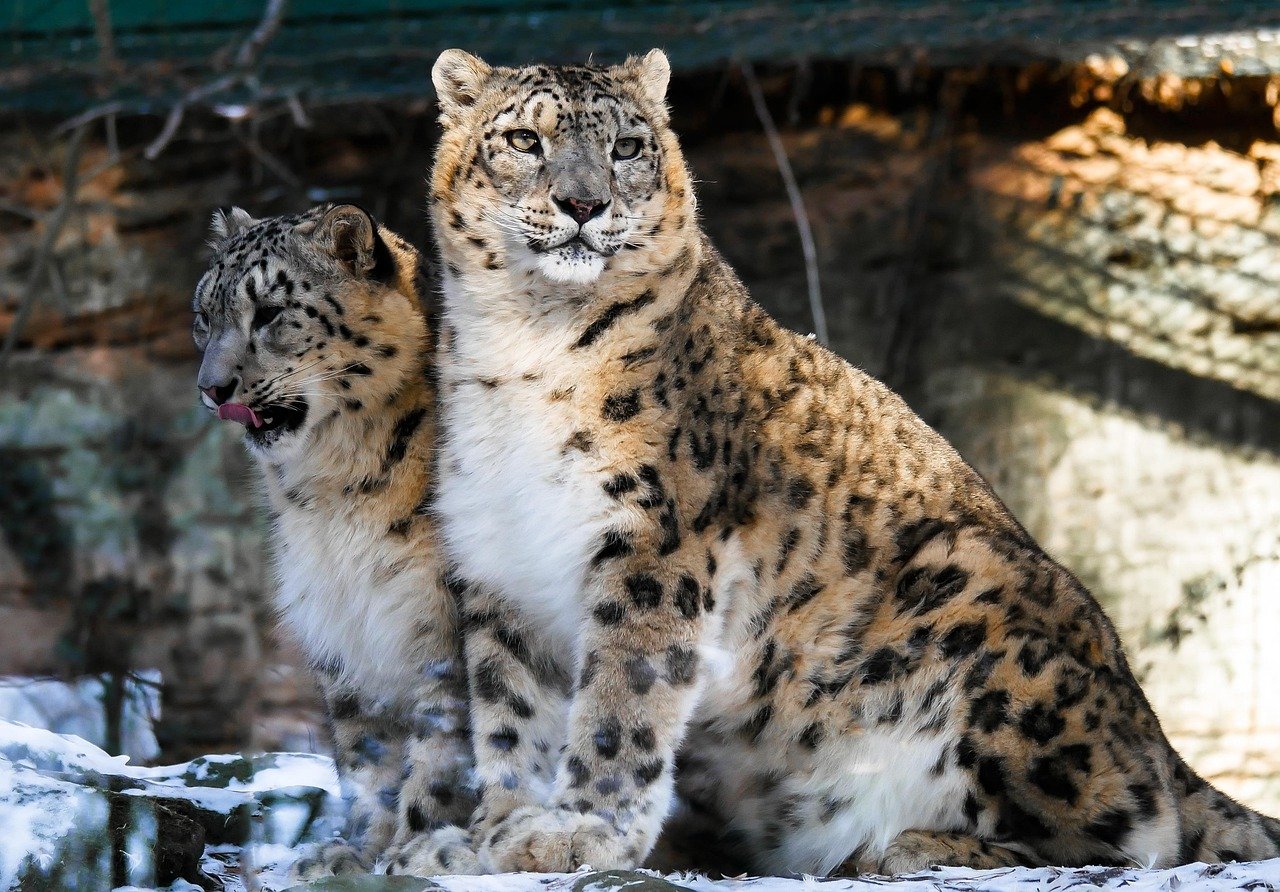
The world of big cats is as complex and fascinating as the creatures themselves. While often perceived as solitary and independent, these majestic felines are capable of forming deep and lasting bonds, both within their species and beyond. From the social dynamics of lion prides to the familial bonds of solitary hunters, each big cat species offers a unique glimpse into the emotional lives of these remarkable animals. Their capacity for connection reminds us of the shared threads of empathy and companionship that weave through the tapestry of life, transcending species boundaries.
Hi, I’m Bola, a passionate writer and creative strategist with a knack for crafting compelling content that educates, inspires, and connects. Over the years, I’ve honed my skills across various writing fields, including content creation, copywriting, online course development, and video scriptwriting.
When I’m not at my desk, you’ll find me exploring new ideas, reading books, or brainstorming creative ways to solve challenges. I believe that words have the power to transform, and I’m here to help you leverage that power for success.
Thanks for stopping by, Keep coming to this website to checkout new articles form me. You’d always love it!

